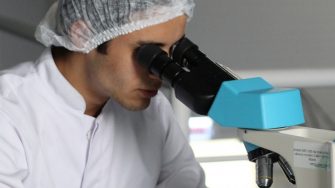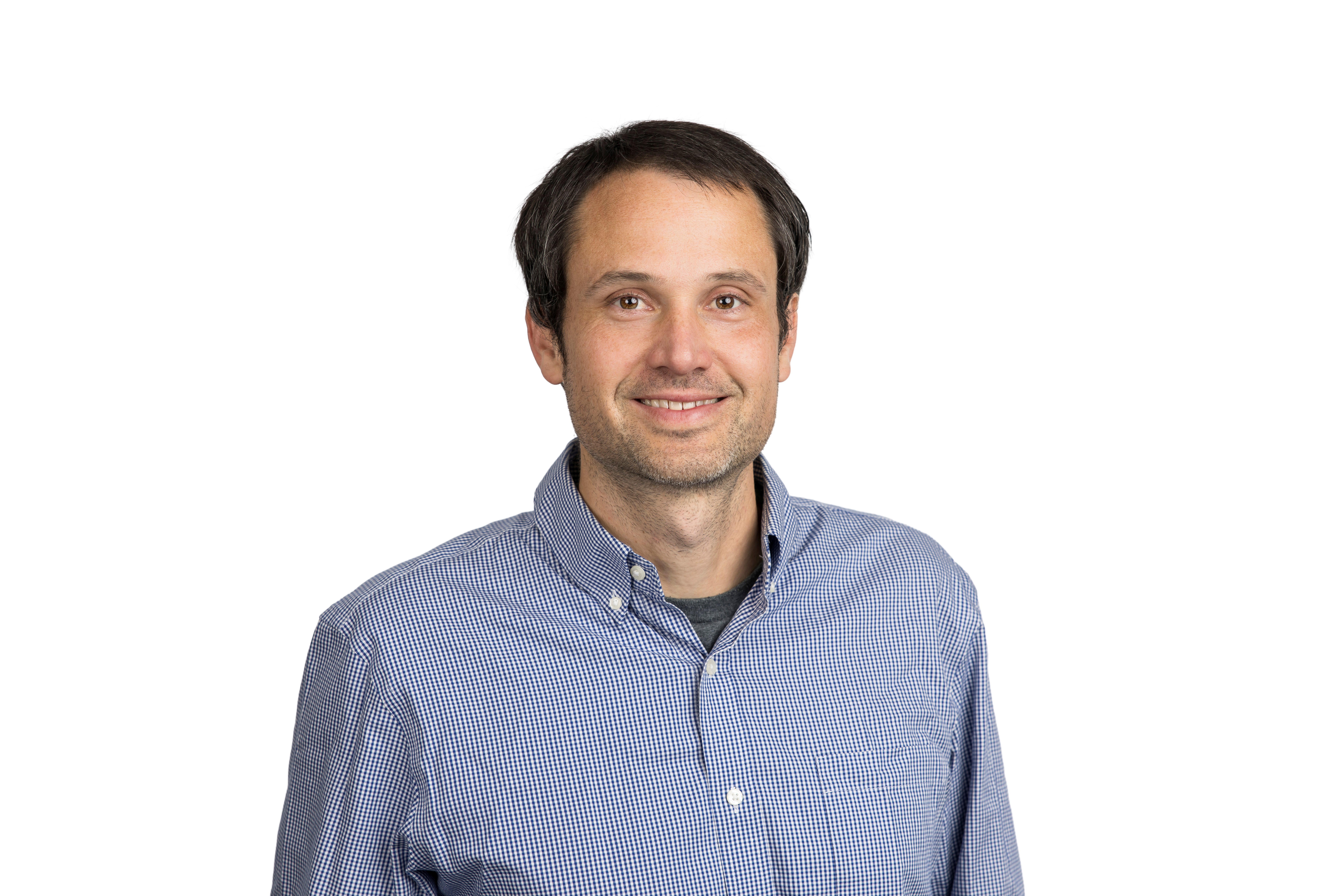
Understanding how we can use different materials to optimise and transform medical technologies. We work across areas from dental materials, mechanics of biological tissues to manufactured impacts.
Additive manufactured biomaterials & implants
We have extensive research expertise in additive manufacturing of metallic materials for orthopaedic and dental implants (e.g., via laser powder bed fusion). While additive manufacturing enables the production of patient specific and customizable implants, it also imbues unique microstructures and properties that must be well understood prior to clinical implementation. Additionally, we are investigating the shape memory behaviour of metals and polymers produced by various additive manufacturing routes.
Example projects:
- Design and additive manufacturing of lattice structures using Ti, Ta, shape memory alloys and polymers, and other materials for load-bearing orthopaedic implants
- Understanding the unique fracture and fatigue behaviour of commercially pure (CP-Ti) titanium produced by laser powder bed fusion for orthopaedic and dental applications
- “Smart” Orthopaedic Implants: Sensor-embedded spinal implants provide critical information on implant strength and progressive changes in bone graft stiffness in vivo. Measurement of mechanical signals from the implant will inform the choice of material used for different purposes in spinal reconstruction
Dental materials
Our researchers are working to develop novel and improved dental restorative materials by better understanding the relationships between their material structure and their mechanical and biological performance in the oral environment.
Example projects:
- Development of novel antibacterial polymer-based dental composites
- Enhancing the mechanical performance of dental ceramics and glass ionomer cements
- Finite element studies on dental composites
- Mechanical/physical and bi-material interface characterisation of dental composites
- Surface modification of S-glass fibres and halloysite nanotubes for use in polymer-based dental composites
- Tribology of dental composites
- Antibacterial dental implants using additive manufactured Ti alloys, etc.
Mechanics of biological tissues
The human body is a complex biomechanical system comprised of many multi-functional load bearing tissues such as bone, teeth, skin, etc. Our research focuses on understanding the response of these tissues to mechanical forces and biological stimuli, with the long-term goal of guiding improved clinical outcomes in orthopaedics, dentistry, dermatologic surgery, etc.
We also seek to understand the mechanical behaviour of biological tissues from the natural world to enhance our understanding of how nature has optimised materials design and to provide inspiration for synthetic biomaterials development.
Example projects:
- Biomechanical mechanisms of secondary dental caries and the development of prevention strategies
- Effects of age, disease, and lifestyle factors on the fracture and fatigue of cortical bone
- Mechanics of skin, wound closure, and wound healing
- Bioinspiration through understanding the structure-mechanical property relationships of materials found in nature such as emu eggshells or coconuts
- Studying fish scales as examples of natural dermal armour materials
Hyperthermia and advanced bio nanomaterials
The significance of using laser-irradiated gold nanoparticles (GNP) embedded in biological tissues arises from their unique strong optical resonance absorption. This occurs in the so-called therapeutic window at wavelengths between 0.6 μm to 1.4 μm which results in a controllable, rapid temperature increase. This can be a powerful tool for the localised hyperthermia in the vicinity of targeted diseased cells and lead to destroying cancer cells or bacteria. Targeted heat generation can be also achieved using magnetic nanoparticles activated by alternating magnetic field.
We develop advanced nanomaterials with an optimum enhancement of absorption or scattering of light which can be used for both hyperthermia and imaging/diagnostics of diseases. A three-dimensional computational modelling is aimed to predict nanoparticles aggregates under the influence of different stimuli such as pH or magnetic field.
In magnetic field experiments we will impose alternating magnetic field and study the effects of alternating and rotating magnetic fields on the aggregation and disaggregation of nanoparticles and resulting heat generation.
Example project:
- Controlled aggregation of magneto plasmonic nanoparticles for diagnostics and targeted heating






